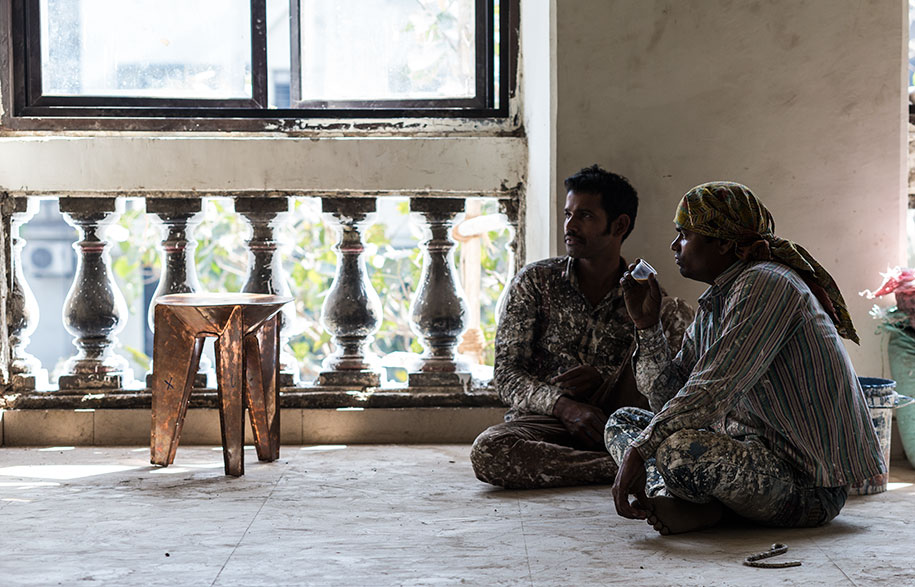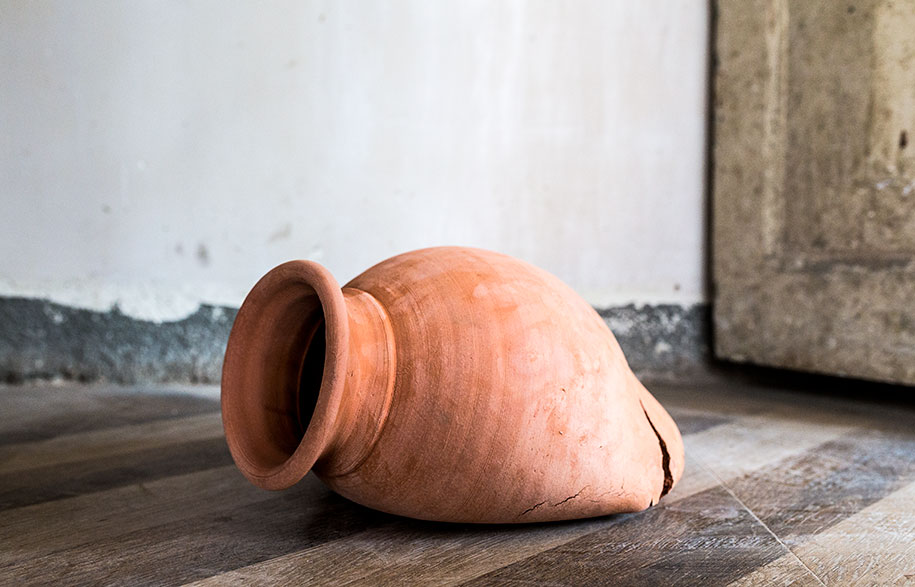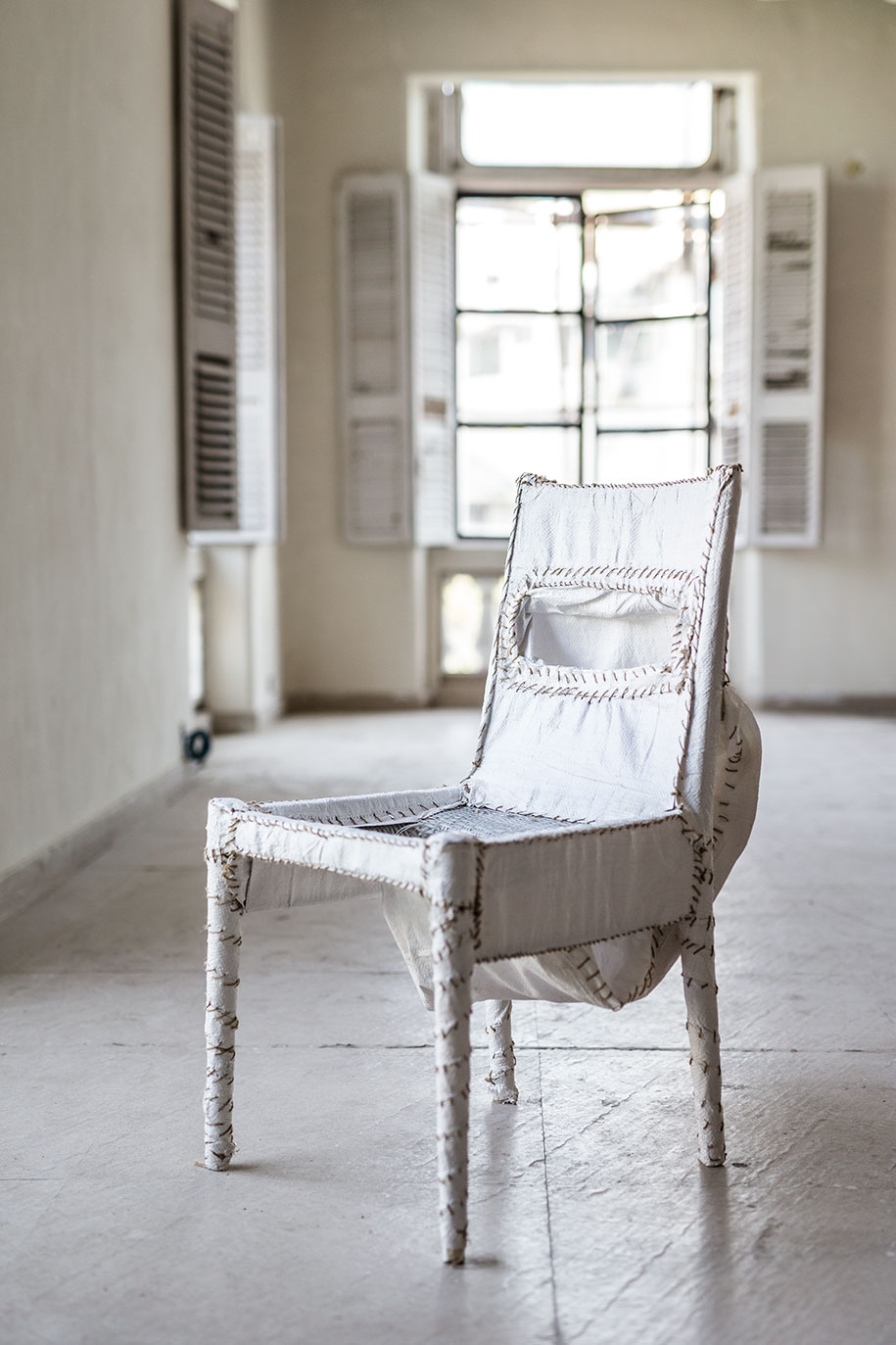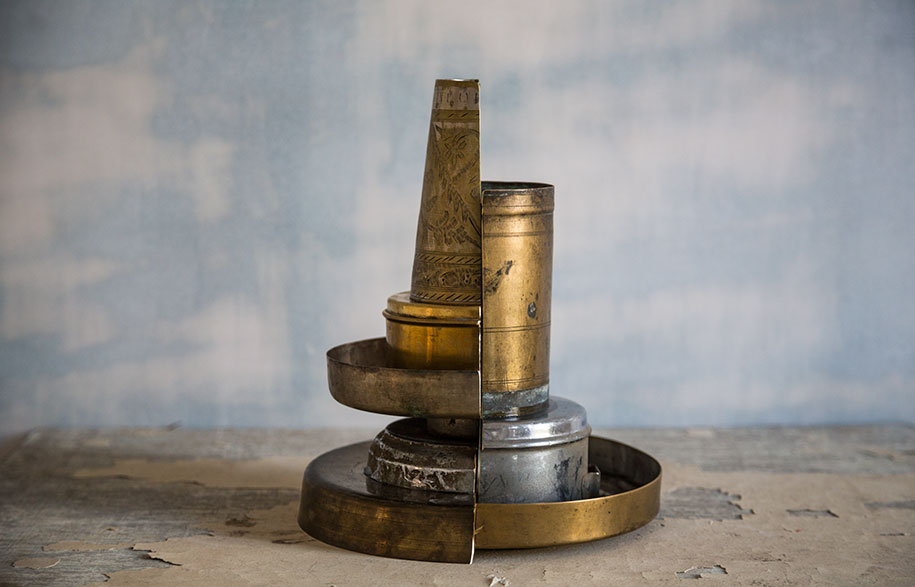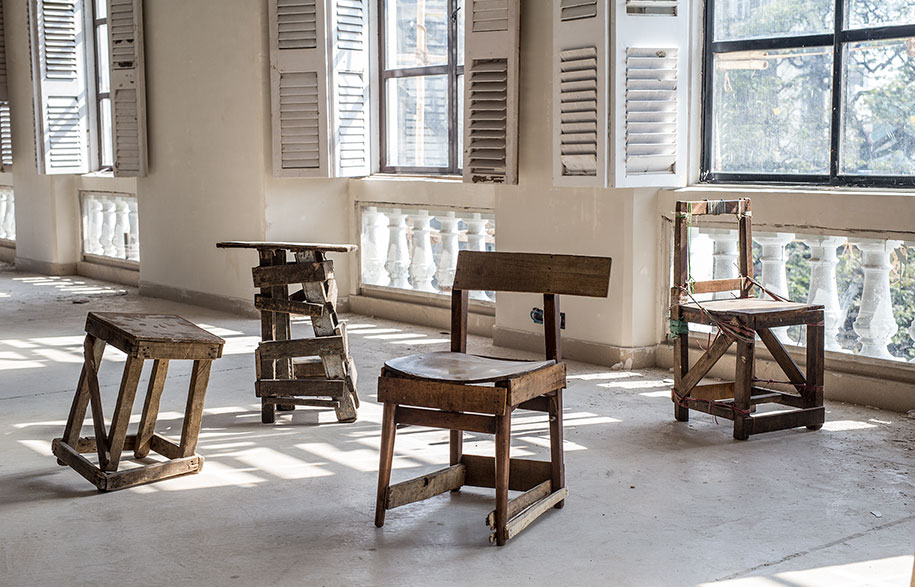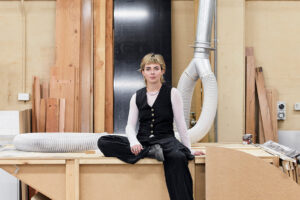Most designers routinely obsess over the fine details of their projects for months if not years, so a project that involves sourcing materials from a junk market in Mumbai, producing a number of products and exhibiting them to the public in a three-week time frame would bring many to the verge of a nervous breakdown.
But this is what designer Trent Jansen, artists/architects Richard Goodwin and Bijoy Jain and design thinker Ishan Khosla signed up to when they agreed to participate in Porosity Kabari. Executed in February 2016, the project culminated in an exhibition at Studio X in Mumbai and a photo shoot within a beautiful colonial building with the delightfully Orwellian name of The Ministry of New.
The project’s intent is contained in its very name – Porosity, meaning the quality of things being able to pass through: water, air, and even people and ideas. Kabari is the Hindi word for junk. The project set out not only to source its raw material from the Chor Bazaar (Thieves Market), a vast junk market in Mumbai, but also to use the fabricators that work within the vicinity of the bazaar to create the finished objects.
Porosity Kabari challenges many of the preconceived conventions and encourages new ways of looking at process and manufacturing and ultimately questions what constitutes a designed object. By immersing the designers in a foreign culture and encouraging observation, adaption and a fluid, open-minded approach, the project unlocked ways to a more human design process.
Along the way the designers also discovered the true nature of India’s caste system and how it relates to the making of objects to feed the needs of a country with a population of 1.3 billion people. The project was engineered to show that it is possible to design within such parameters with materials that come to hand – even if it at first they closely resemble junk.
Within the apparent chaos of Indian street life, there is an ecological force at work driven by the necessity to survive through being resourceful and inventive, rather than for the scientific awareness that drives environmental endeavours in the west.
Read the full story in Habitus issue #32, available now.
Porosity Kabari
trentjansen.com
Photography by Neville Sukhia, Richard Goodwin, and Ishan Khosla.


